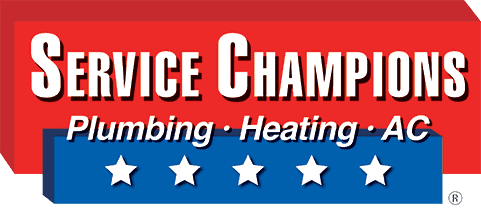9 Must-Know Plumbing Codes for All Homeowners
Working on a DIY plumbing fix isn’t everyone’s idea of fun, but if you have a leaky faucet that needs fixing, you may not have any choice. First, however, remember to read up on plumbing codes before digging out your tools. Failure to comply with these must know plumbing codes could lead to problems further down the line.
Don’t Start Work Before Checking the National Uniform Plumbing Code
It’s essential to know the plumbing codes, failure to do so could have major consequences. The National Uniform Plumbing Code (NUPC) outlines the minimum standards that must be met by all plumbing systems and fixtures in the United States. It covers everything from faucets and toilets to water heaters, drains, and fixtures.
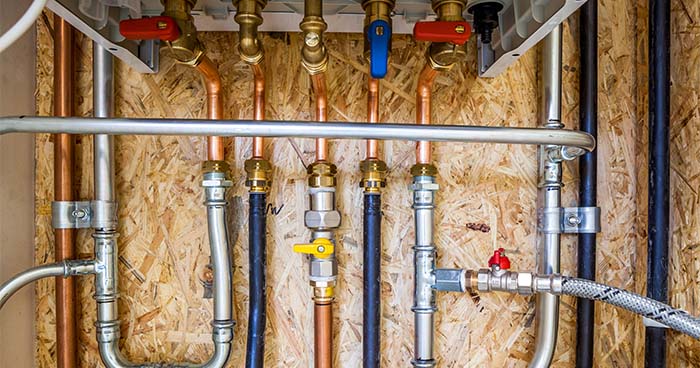
Also, it’s important to ensure all parts of your home’s existing plumbing system are up to code – including the sewer pipe, water supply pipe, and electrical wiring – before attempting any DIY repairs or plumbing maintenance tasks.
Correctly Slope Drainpipes
Sloped drainpipes are required by the NUPC for all buildings with more than one story. This requirement was implemented to prevent storm water from flooding basements during heavy rainstorms. The drainage slope must be between 1/4 inch per foot and 1/2 inch per foot but cannot exceed 1 foot per foot.
Install Cleanouts
The purpose of a cleanout is to provide access for service, inspection, or maintenance of the piping system. Cleanouts are installed in the walls of your home, basement, and crawl space, sometimes under sinks and tubs.
Avoid Cutting Notches in Joists
Notches in the joist to accommodate plumbing is a bad idea and should be avoided.
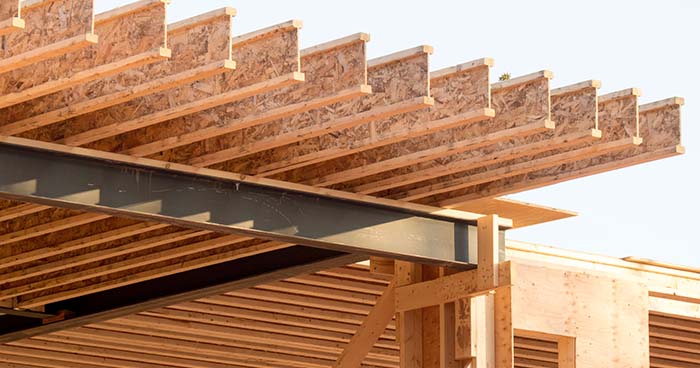
Joists are solid and can support a lot of weight. They are also designed to be fastened together at regular intervals to form a continuous load-bearing structure. When you cut notches in them, they no longer perform their intended function and can fail.
Make Sure You Have the Right Size of Fittings and Pipes
When fitting drainage pipes, you need the right size and fitting for your home. This is important because it will help protect your foundation from water damage and potential mold growth.
Ensure you Have the Right Material for Your Pipes
Most plumbing codes require that copper pipes be used for water distribution systems and backflow preventers. However, some local authorities may allow other materials to be used in place of copper if certain conditions are met.
Ensure Adequate Water Pressure
Low water pressure may be due to the incorrect size or type of pump, an undersized main line, or even a leaky pipe. Adhering to the plumbing codes is vital to reduce the risk of leaks in your plumbing system. This can result in costly repairs down the road or potential damage to your home.
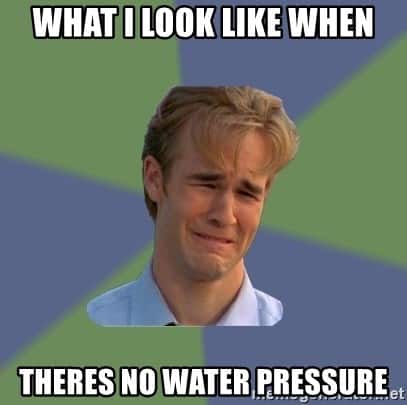
Drainpipes Should be Vented Correctly
Your plumbing system needs proper venting because this will help eliminate odors and moisture in your home. If there is no proper venting, it could lead to mold and mildew on the walls or floorboards inside your house.
Proper Fixture Placement and Spacing
Plumbing fixtures should be placed at least 12 inches apart to allow for proper drainage. This is especially important with toilets and sinks, which require a minimum distance between them to prevent overflow when using both fixtures.
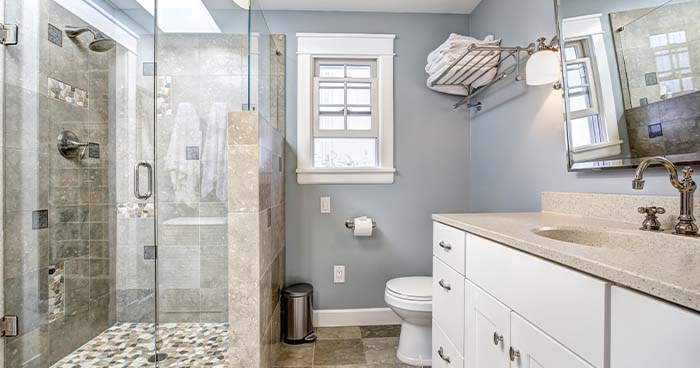
Remember to Maintain the Structure of the Building
You should never install plumbing fixtures without first checking with a structural engineer to ensure that your home’s structure is up to supporting all the added weight from these new installations. Also, keep in mind that any additions to your home may require additional permits from your local building department before construction begins.
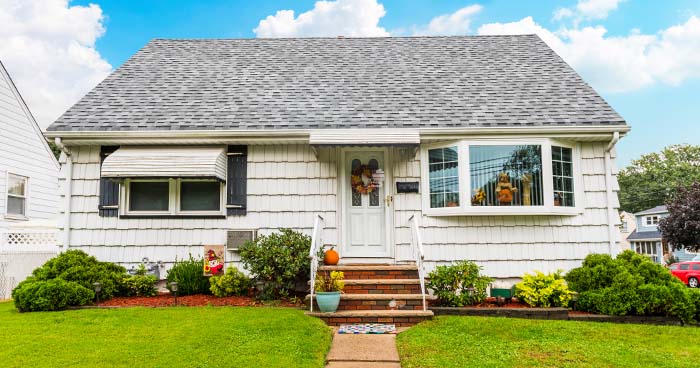
Want to know more about national and local plumbing codes? Contact the Southern California plumbing pros for more information.
